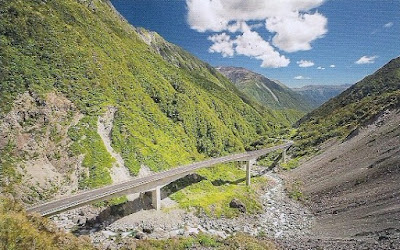The South Pacific! The very name stirs the mind and excites the imagination. The allure of the South Pacific is still as strong today as it was hundreds of years ago when traders and adventurers first discovered the delights of this exciting and unique part of the world. The South Pacific is still one of the last great, undiscovered, frontiers of the world. The Fiji archipelago includes more than 300 islands in the Southwest Pacific Ocean. The main islands, Viti Levu and Vanua Levu comprise 85% of the total land mass. The larger islands are primarily volcanic in origin with high rugged peaks.
"KOROLEVU BEACH"
Brilliant sunshine, swaying palms, and calm tropical waters combine to enhance this Island Beach.
Fiji enjoys a warm and pleasant tropical maritime climate without extremes of hot or cold. There is mild dry season from May to October with slightly higher temperatures November to April. English is the official language but Fijian, Hindustani and Chinese are widely spoken. Events and venues: National Youth Day (Mar), Fiji Invitation 7s (Mar), Carlton Brewery Fiji Golf Open (Jun), Constitution Day (Jul), Bula Festival (Jul), South Pacific Cup - Squash (Aug), Sugar Festival (Sep), Fiji Regatta Week (Sep), Fiji Day (Oct).
Pacific Tourism Organisation

























